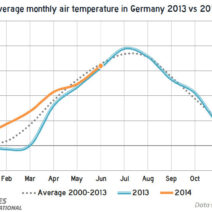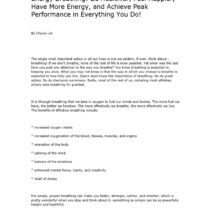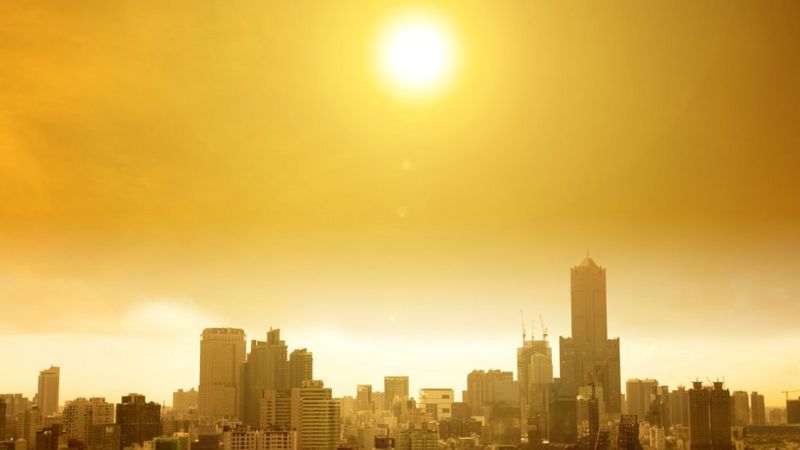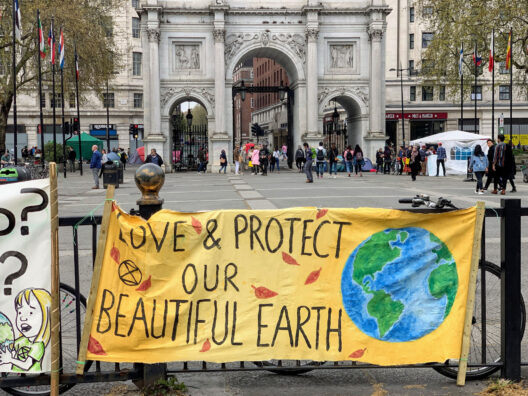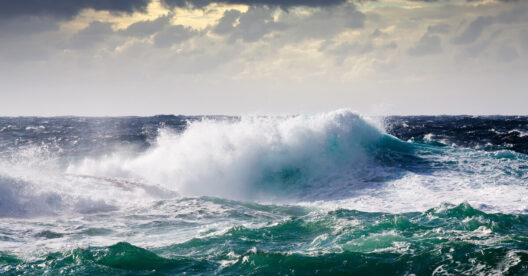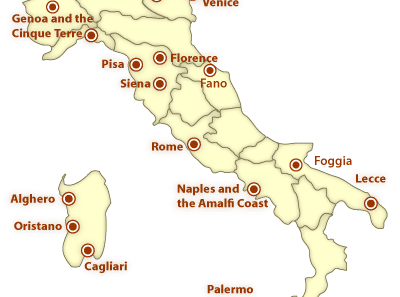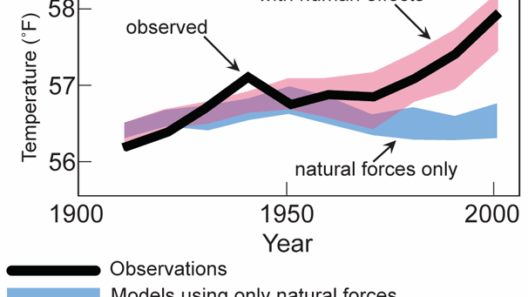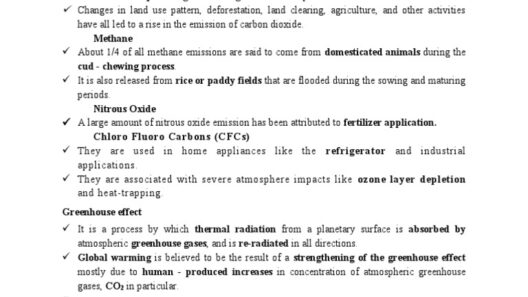Climate change is no longer a distant threat; it has become an immediate reality affecting our lives and our planet in profound ways. The question looms, “What does the world look like as climate change accelerates, and what will be left for future generations?” This exploration seeks to unveil the myriad ways climate change is reshaping environmental, social, and economic landscapes worldwide.
The urgency of our climate crisis increases, posing not just a challenge, but a veritable call to arms. Are we ready to swoop into action to remedy the situation? Let’s first peer into the broadening horizons of climate impacts on our planet.
Several symptoms signal the intensifying state of our climate. Among these, rising global temperatures stand out as an alarming indicator. The last few decades have seen average temperatures soar to unprecedented levels, resulting in a ripple effect that stirs every aspect of life on Earth.
Extreme weather becomes commonplace, with hurricanes, droughts, and floods becoming more frequent and severe. For instance, cities that once revelled in predictable seasonal patterns now find themselves grappling with disruptive deluges, leading to infrastructural breakdowns and endangering lives. What happens tomorrow when the storms come as ghosts from the climate’s past, wreaking havoc in unprecedented ways?
Among the most pressing concerns linked to these climatic shifts is the plight of vulnerable ecosystems. The polar regions serve as barometers for global change. Melting ice caps and glaciers not only threaten indigenous species but also contribute to rising sea levels that threaten coastal communities worldwide.
The Interconnections of Ecosystems and Climate
Climate change doesn’t act alone; it unleashes a domino effect on interconnected ecosystems. For example, freshwater resources are increasingly under threat, affecting agriculture and potable water supply chains. In parts of Africa and Asia, erratic rainfall patterns disrupt farming cycles, thereby endangering food security. Notably, the correlation between decreasing crop yields and rising global temperatures poses an existential threat that calls for innovative agricultural practices.
The phenomenon of biodiversity loss intersects perilously with climate change. Habitats are altered, forcing species into decline or extinction. As ecosystems falter, humanity faces the grim reality of losing potential medicinal resources and crucial biodiversity. How resilient is our fabric if the threads of life are slowly unraveling at nature’s behest?
The Social Fabric: Human Displacement and Migration
As climate extremes rise, communities face the insidious phenomenon of environmental displacement. Those in low-lying coastal regions or drought-stricken areas may find themselves uprooted, leading to a burgeoning climate refugee crisis. Countries rich in resources bear the brunt of both human migration and the socio-political challenges that follow. Could this unravel the social fabric we often take for granted?
Moreover, inequality flares as marginalized communities become disproportionately affected by climate impacts. The interplay between socioeconomic status and climate resilience becomes critical. The wealth gap is not merely an economic concern; it has intertwined with ecological stability, leading to heightened risks for disadvantaged populations. It raises a pressing question: Are we equipping vulnerable communities to face climate challenges, or are we contributing to their plight?
The Economic Front: Disruption and Opportunity
The economic ramifications of climate change are both profound and multifaceted. Businesses across industries are confronted with increased operating costs, as floods, fires, and storms batter supply chains. The agricultural sector, for instance, may experience crop failures, while the insurance industry grapples with mounting claims due to climate-related disasters.
Yet, amidst this turbulence lie opportunities for innovation and greener practices. Transitioning to renewable energy sources presents a compelling avenue for job creation while allowing for a reduction in carbon emissions. As industries aim for sustainability, novel solutions emerge that not only serve to mitigate impacts but also pave the path toward a resilient circular economy.
Technological advancements, such as carbon capture and sustainable agriculture practices, offer glimmers of hope. How will we harness these opportunities to forge a new, more resilient economy that harmonizes with our planet’s finite resources?
Collective Action: What Lies Ahead?
The complexity of climate change necessitates a united front. We must ask ourselves what actionable steps individuals and communities can implement to combat climate impacts collectively. Each of us possesses the potential to foster change, whether through lifestyle modifications that promote sustainability or through policy advocacy that champions environmental justice.
Furthermore, awareness and education are paramount in mobilizing collective action. Building communities centered around sustainable practices not only mitigates climate impacts but also creates vibrant local networks grounded in resilience and mutual support.
In conclusion, climate change casts an unyielding shadow over multiple spheres of existence, including ecological systems, social equity, and economic stability. As we teeter on the edge of irreversible damage, it is imperative to channel our anxieties into constructive, collective action. How will this generation respond to the clarion call of climate change? The future rests not merely in the hands of policymakers but within each person’s capacity to act. The path forward is ours to carve; the question remains, will we tread boldly into a more sustainable future?
